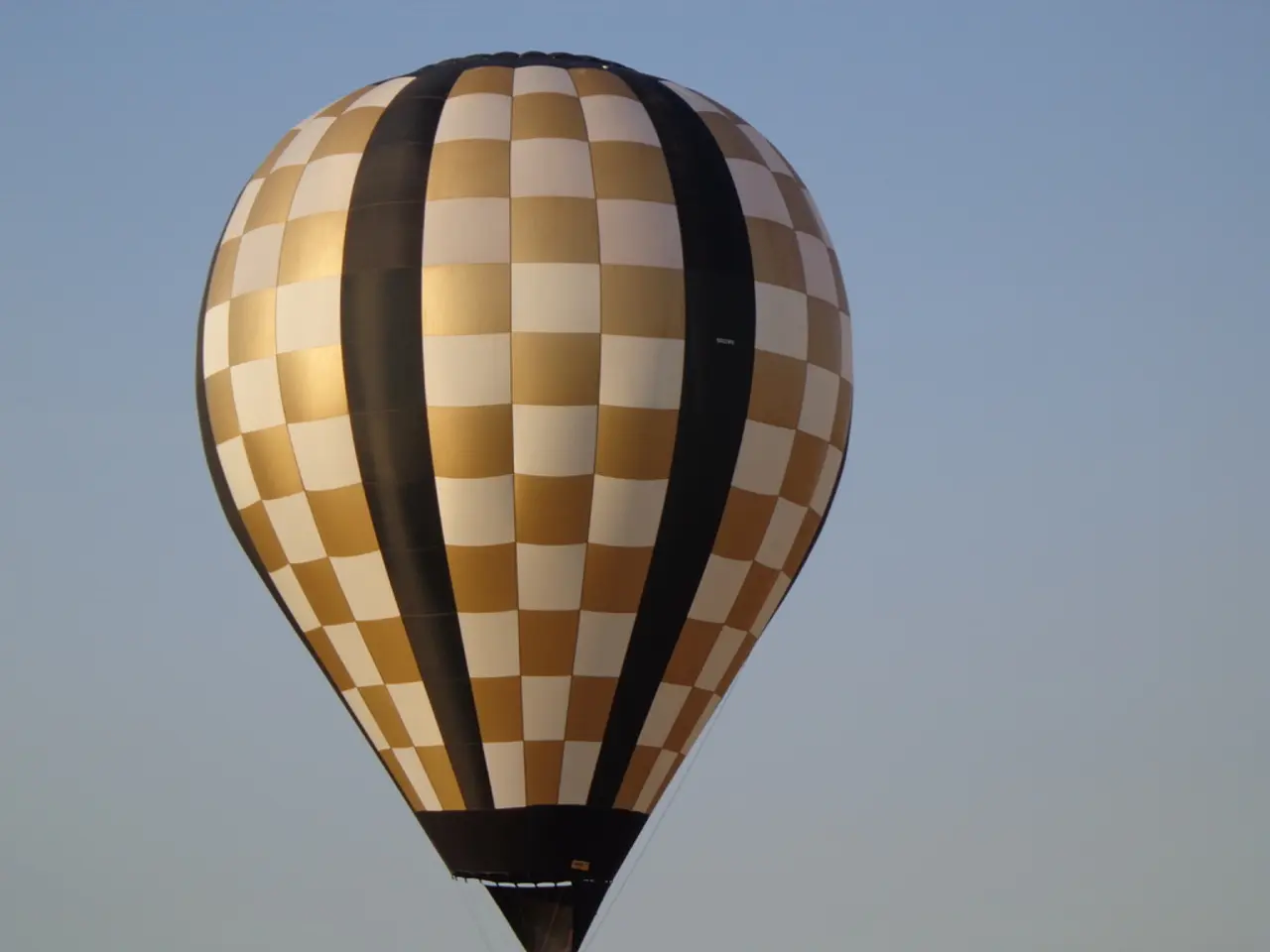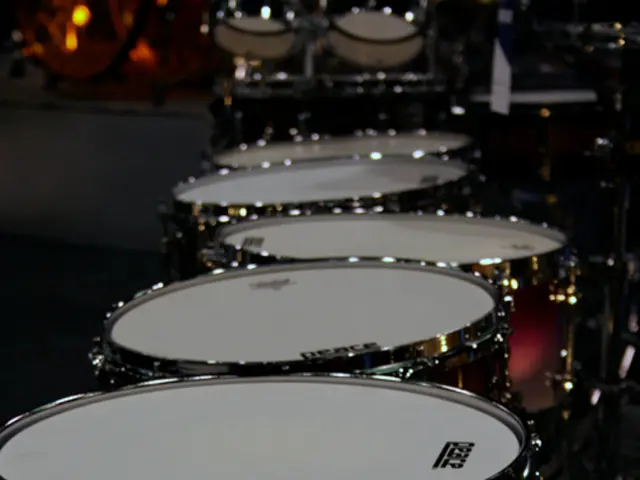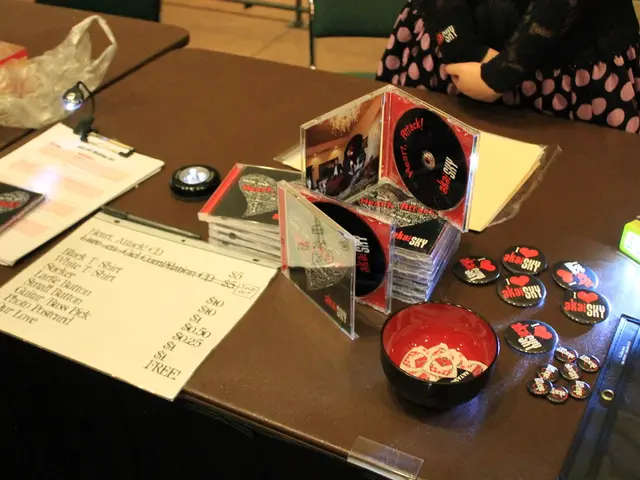Inflate a balloon using Alka-Seltzer tablets
In a delightful blend of science and fun, children can learn about chemical reactions by conducting an experiment that involves inflating balloons using Alka-Seltzer or popping candy. This engaging activity provides a hands-on approach to understanding how substances change when another is added.
The experiment begins with blowing up balloons and letting the air out. Next, you'll need a small bottle, Alka-Seltzer, popping candy, water, and balloons. Fill the bottle or jar with water, leaving a small gap at the top.
When Alka-Seltzer is added to water, an acid-base reaction occurs. Alka-Seltzer contains baking soda (a base) and citric acid. This reaction produces carbon dioxide gas (CO₂) as a byproduct, which builds up pressure inside the bottle, causing the balloon attached to its opening to inflate.
On the other hand, popping candy, when added to water, breaks down and releases the carbon dioxide that's been trapped inside its sugar crystals. This causes the balloon to inflate as well, although the release is more physical than chemical compared to Alka-Seltzer.
It's essential to note that the Alka-Seltzer reaction is a chemical reaction between acid and base, continuously generating CO₂ gas as the ingredients dissolve and react. In contrast, the popping candy reaction is primarily a physical release of pre-pressurized CO₂ gas trapped in the candy crystals; it produces bubbles quickly but without new gas being chemically created.
Using warmer water in the jars may cause the balloon to blow up faster. For a more dramatic effect, quickly place the balloons on top of the bottles to observe them blowing up.
Beyond balloons, you can also use Alka-Seltzer for creating a film canister rocket. In this case, the gas released builds up pressure and causes the top to blow off.
This experiment is an excellent way to introduce children to the fascinating world of chemistry, making learning enjoyable and memorable. So, gather your materials and get ready to inflate some balloons and witness the power of chemical reactions!
[1] Alka-Seltzer: https://www.alka-seltzer.com/products/original-alka-seltzer-effervescent-tablets [2] Popping Candy: https://www.wilton.com/products/popping-candy [3] Chemical Reaction: https://www.chemistryexplained.com/Reactions/Chemical-Reactions.html [4] Acid-Base Reaction: https://www.chemistryexplained.com/Reactions/Acid-Base-Reactions.html [5] Baking Soda and Vinegar Experiment: https://www.sciencekids.co.nz/experiments/baking-soda-vinegar.html
- This hands-on activity, involving blowing up balloons using Alka-Seltzer or popping candy, is a fun and engaging approach to teaching children about chemical reactions in science, particularly acid-base reactions.
- Children can learn about the difference between chemical and physical reactions through this experiment, as Alka-Seltzer creates carbon dioxide gas due to a chemical reaction between acid and base, while popping candy releases pre-pressurized CO₂ gas as a physical reaction.
- In addition to balloons, Alka-Seltzer can be used for creating a film canister rocket, showcasing how chemical reactions can generate pressure and lead to interesting consequences.
- By participating in such educational and self-development activities, such as this experiment, children can foster a love for science, chemistry, health-and-wellness, and fitness-and-exercise while developing their understanding and exciting their curiosity about the world around them.




